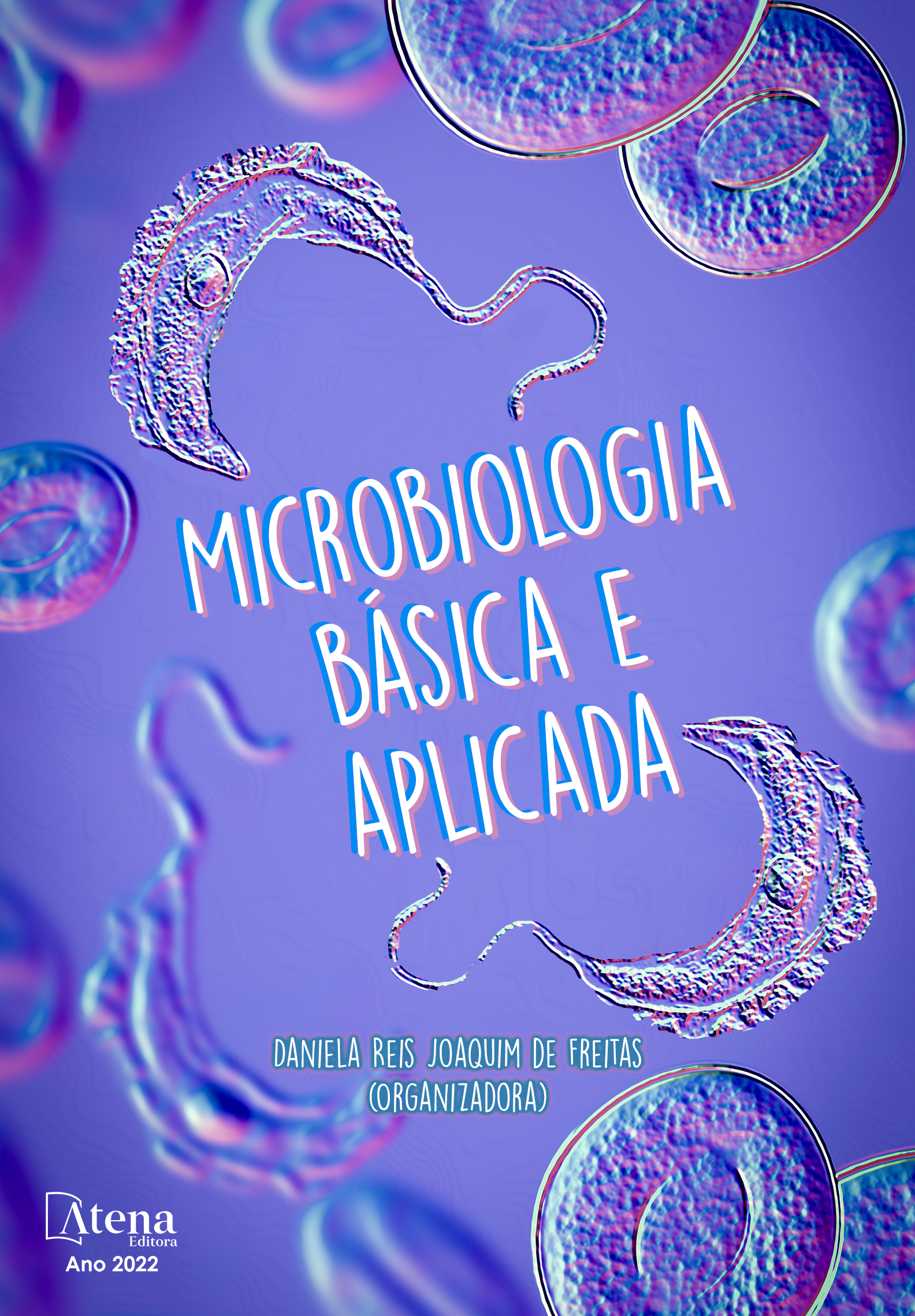
MARUINS (DIPTERA: CERATOPOGONIDAE) VETOR DE DOENÇAS NO MUNICÍPIO DE CAXIAS-MA
Os Ceratopogonideos possuem quatro fases: ovo, larva, pupa e adultos. Os adultos encontram próximos de habitats aquáticos e semiaquáticos, onde usam para se reproduzir. As fêmeas são predadoras e hematófagas, alimentam-se de sangue humano (antropofílicas) ou animais (zoofílicas), onde podem transmitir doenças, destacar o vírus da língua azul “Bluetongue”, tendo como principal vetor o Culicoides. O objetivo do trabalho foi inventariar os imaturos aquáticos com adultos da família Ceratopogonidae em ambientes lênticos, lóticos e por meio de criação em laboratório. Foram obtidos cerca de 800 espécimes imaturos da família Ceratopogonidae, obtidas três subfamílias, Dasyheleinae e Ceratopogoninae e Forcipomyiinae. Obteve-se 18 emergências do gênero Culicoides, 21 emergências Dasyhelea e nenhuma do gênero Bezzia. Das quatro subfamílias da família Ceratopogonidae encontradas para o Brasil três foram retratadas neste estudo. O conhecimento dessas espécies torna-se importante por serem potencias vetores de doenças como o vírus (OROV) importante para estudos epidemiológico.
MARUINS (DIPTERA: CERATOPOGONIDAE) VETOR DE DOENÇAS NO MUNICÍPIO DE CAXIAS-MA
-
DOI: 10.22533/at.ed.5372218021
-
Palavras-chave: Vírus, Oropouche, Culicoides
-
Keywords: Virus, Oropouche, Culicoides
-
Abstract:
Ceratopogonids have four phases: egg, larva, pupa and adults. Adults are found close to aquatic and semi-aquatic habitats, where they use to reproduce. Females are predators and hematophagous, feed on human (anthropophilic) or animal (zoophilic) blood, where they can transmit diseases, highlighting the bluetongue virus "Bluetongue", with Culicoides as its main vector. The objective of this work was to inventory aquatic immatures with adults of the Ceratopogonidae family in lentic and lotic environments and through laboratory breeding. About 800 specimens of larvae of the Ceratopogonidae family were obtained, from three subfamilies, Dasyheleinae and Ceratopogoninae and Forcipomyiinae. Eighteen emergences of the genus Culicoides, 21 emergences of Dasyhelea and none of the genus Bezzia were obtained. Of the four subfamilies of the Ceratopogonidae family found for Brazil, three were portrayed in this study. The knowledge of these species becomes important as they are potential vectors of diseases such as the virus (OROV), which is important for epidemiological studies.
-
Número de páginas: 8
- Tatiane Gomes da Silva Araújo
- Ivirlane Naira Conceição de Oliveira
- Francisca Barbara e Silva Barros
- Carlos Augusto Silva de Azevêdo
- Cleilton Lima Franco


